Welcome to the world of polyculture, an approach to gardening that embraces diversity and mimics natural ecosystems.
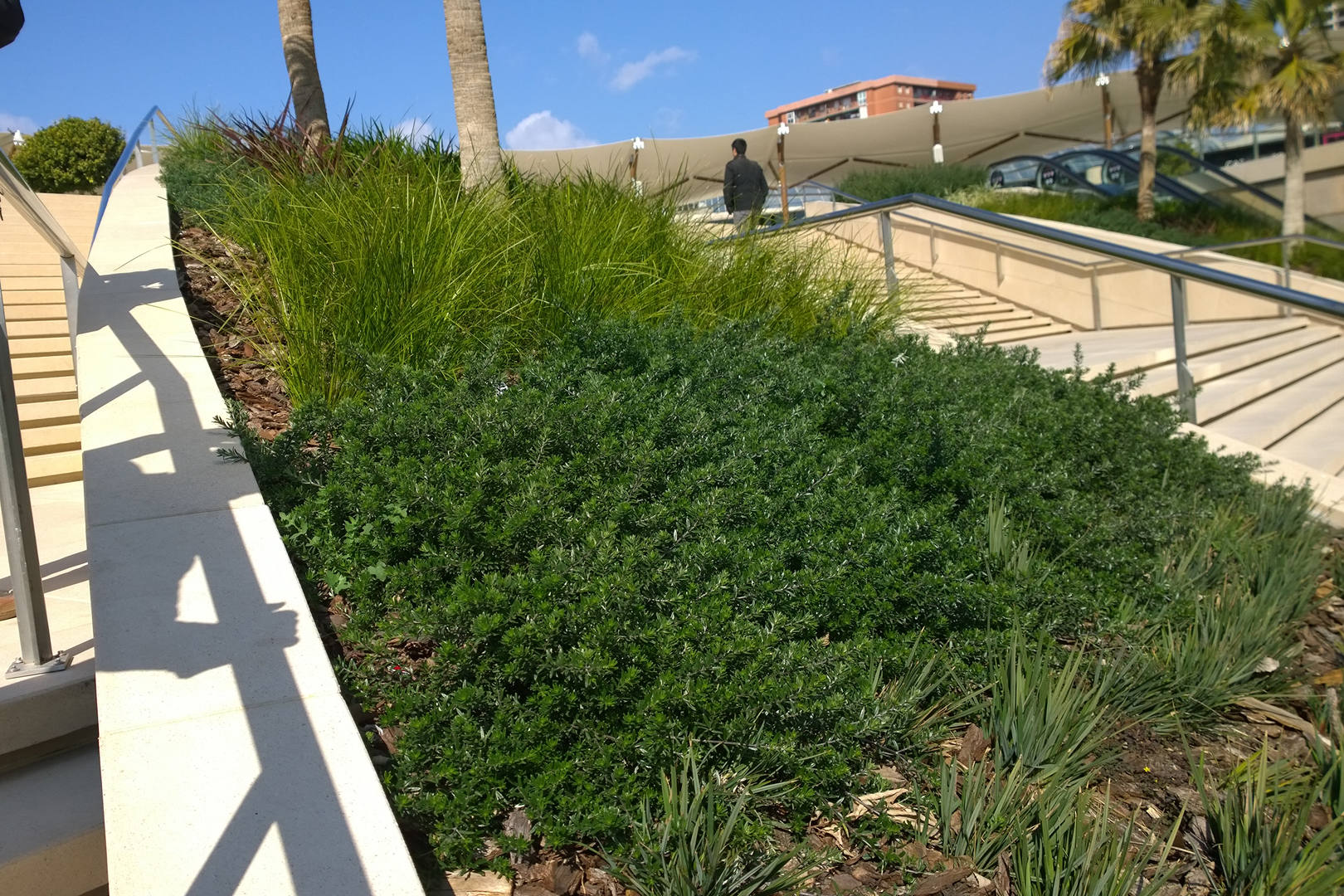
Planting on a Slope
Don’t let a hilly area in your yard be left to waste. Due to difficulties maintaining slopes, they often become overgrown with weeds. Depending on the steepness of the slope, it is often not practical for a lawn and some clever planting choices have to be made to make the most of it.
Retaining Walls and Terracing
The most common approach to slopes is retaining walls and terracing. This is a great way to convert your hill into horizonal space however, it involves major landscaping and usually is quite expensive. Don’t worry if this option doesn’t work for you, there are still plenty of great ways to turn a slope into an oasis!
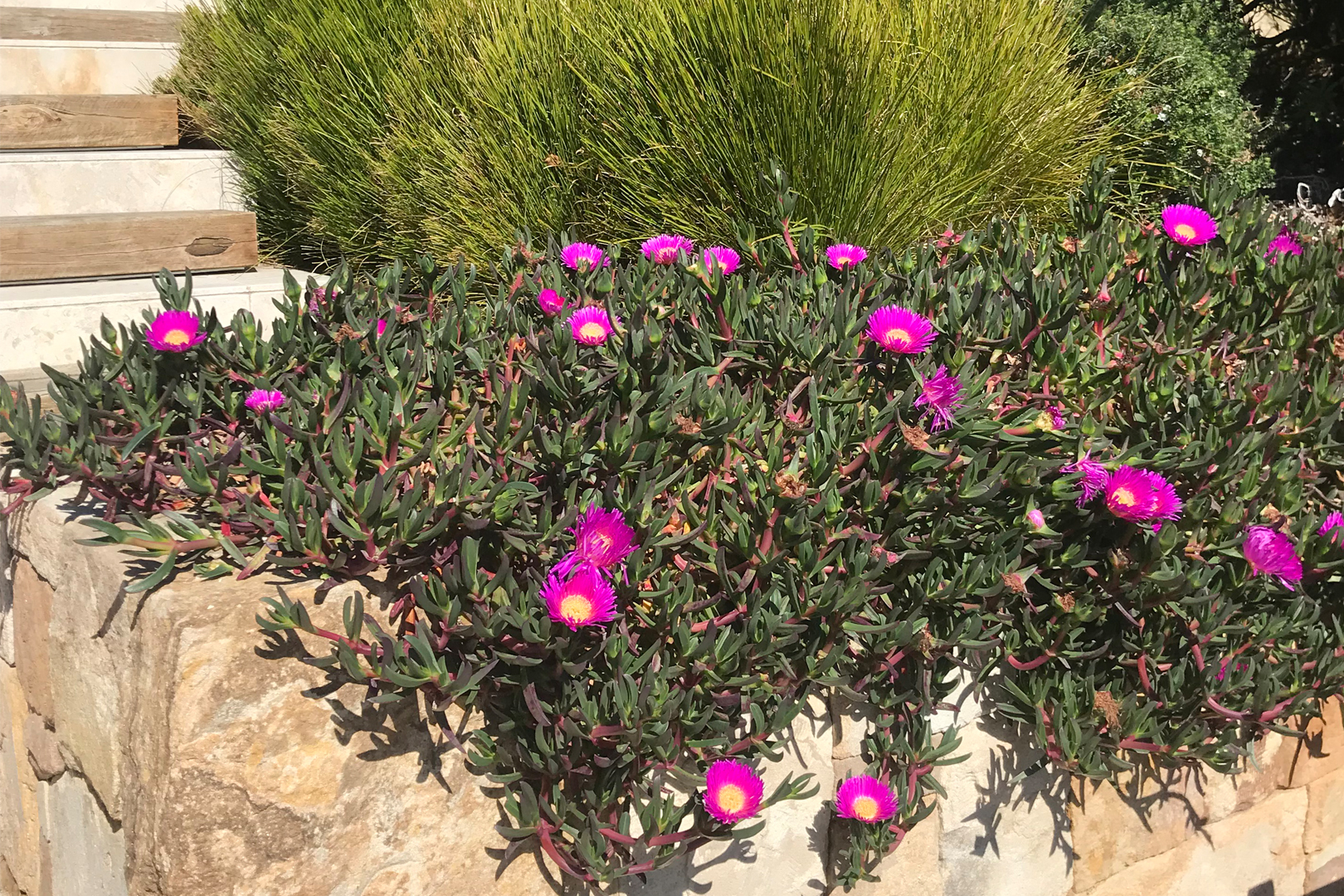
Planting to Solve Problems
Plant choice is everything when creating a sloped garden. Slopes are exposed to the elements, copping wind, sun and dry spells worse than other areas in your garden. You need to choose plants that are hardy and low maintenance as access to them can be difficult. Native plants are the best choice in this harsh environment.
Plants with deep root systems bind the soil together to prevent erosion which is a big problem on slopes. Any plant will strengthen the soil, but our erosion control research has found that that strappy leaf plants and grasses performed the best due to their extensive and fibrous root systems. The best being Lomandras like ‘Katrinus Deluxe’, Nyalla® and Katie Belles™; Dianellas like King Alfred®, Lucia™, Breeze™, and Tasred™; as well as native grasses like Nafray® Pennisetum. You can read all the research here.
Weeds and water run-off are also a problem on slopes which can be combatted by planting thick groundcovers. Some great choices are Aussie Flat Bush™ Rhagodia, Blue Horizon™ Eremophila as well as Low Horizon™ and Mundi™ Westringia. These groundcovers disperse the rain on their leaves to reduce topsoil run-off and smother weeds with their thick and fast growth.
What about looks? Weeping groundcovers look great on a slope as they cascade over rocks. Yareena™ Myoporum is the perfect for that look and even has delicate white flowers throughout spring and summer.
Speaking of flowers, make your slope the main attraction with Meema™ Hardenbergia. Dripping with vivid purple pea-like blooms from July to September, this thick groundcover will smother weeds and protect the soil.
FlatAz™ Grevillea is another great choice for flowers, which are attractive to native wildlife. It’s extremely low growing so it’s a good choice to plant near the front of your slope with taller shrubs behind it for some dimension.
Strategic Planting
Once you’ve chosen the perfect plants for your slope to smother weeds, prevent run-off and control erosion, there’s a few more things that you can do to make the most of your sloping green space.
Firstly, you can stagger your plantings and avoid planting in rows. This stops run-off turning into rivers by breaking up the water’s path as it travels down the hill. You can also divert water at the top of the slope to a drain or rocky areas to reduce run-off on your planted area.
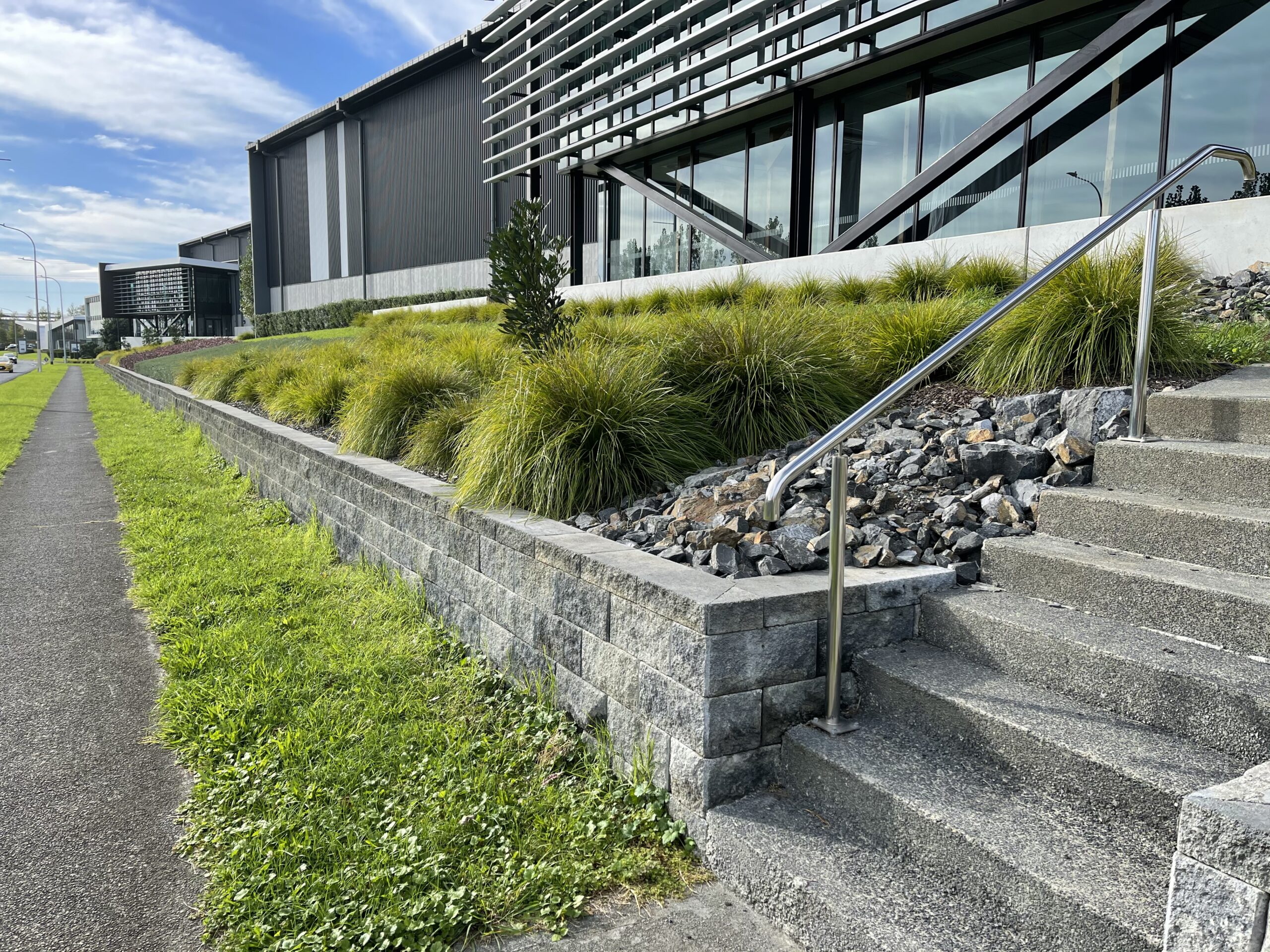
Secondly, you can plant in smaller sizes to reduce digging and soil disturbance. If the slope is particularly large, this also brings down the cost of your project. Just make sure you account for the plants size at maturity.
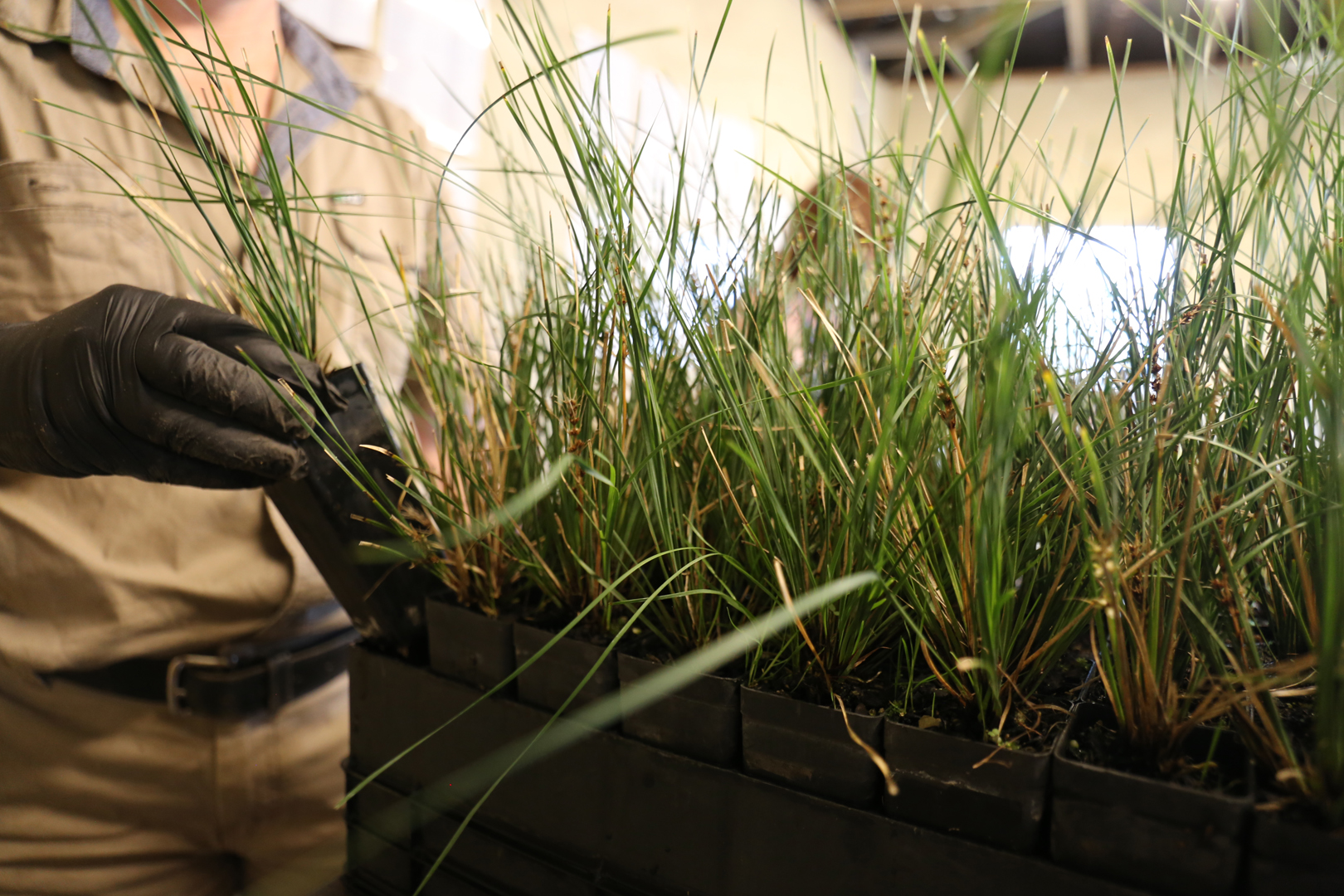
Mulch and Erosion Control Tools
Finally, chunky wood mulch or jute matting can be used to help stabilise the banks. If using mulch, make sure it is a thick layer between 60mm to 75mm and that it is chunky with few fines. This prevents weed invasion, stabilises the slope, holds in moisture and looks after your lovely new plantings.

With these tips and good plant choices, your slope can become a gorgeous low maintenance garden that attracts wildlife and improves the overall look of your garden.

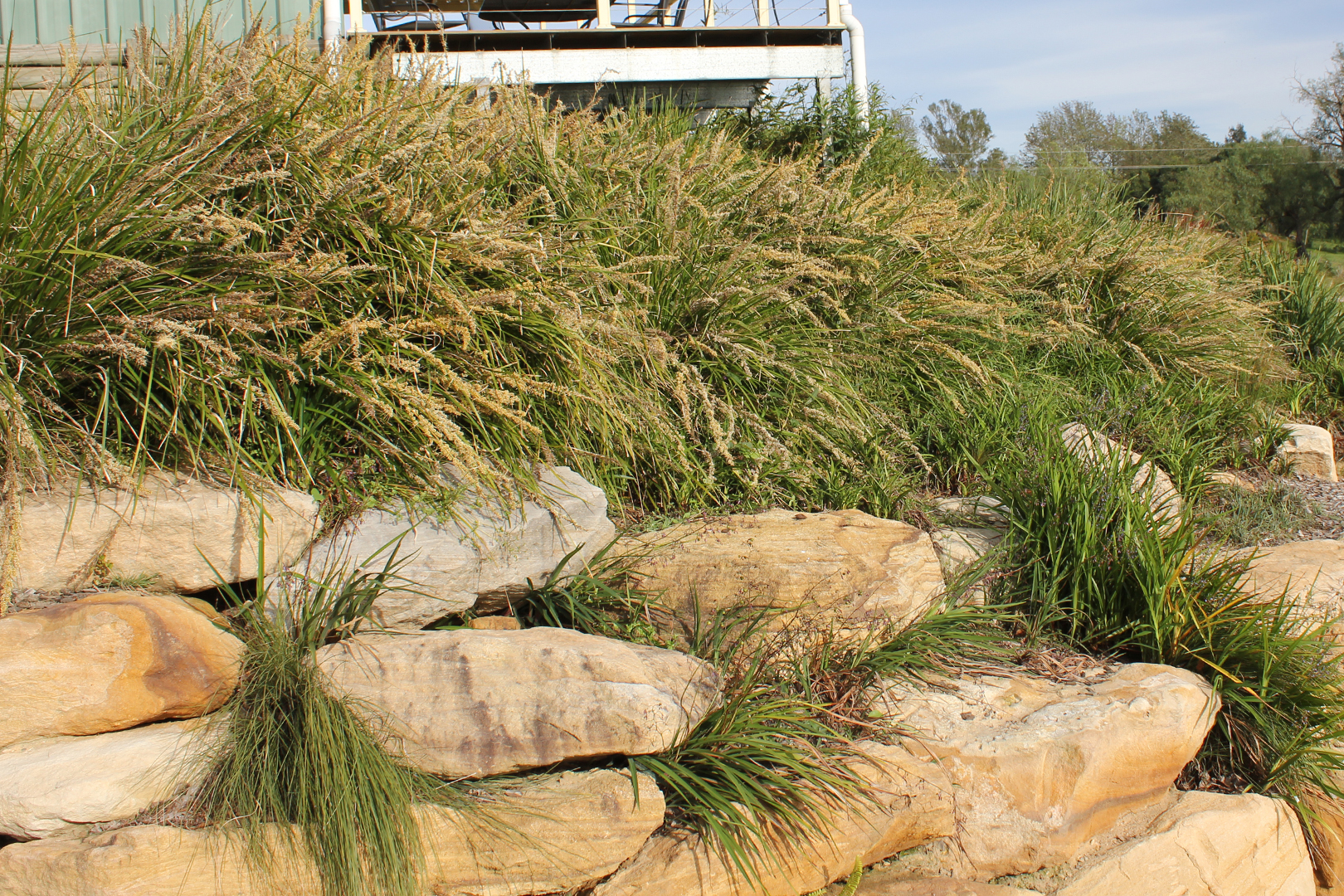
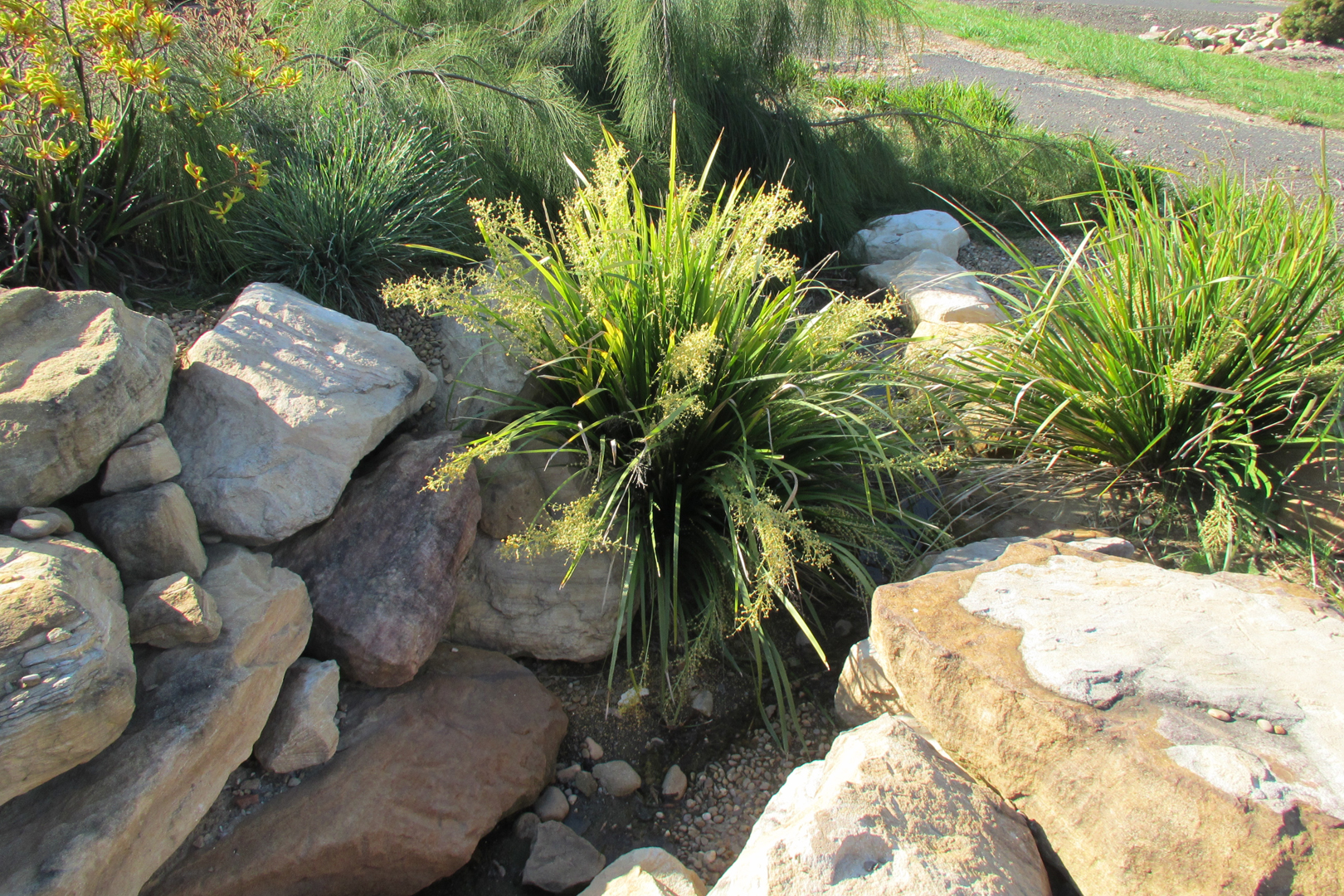

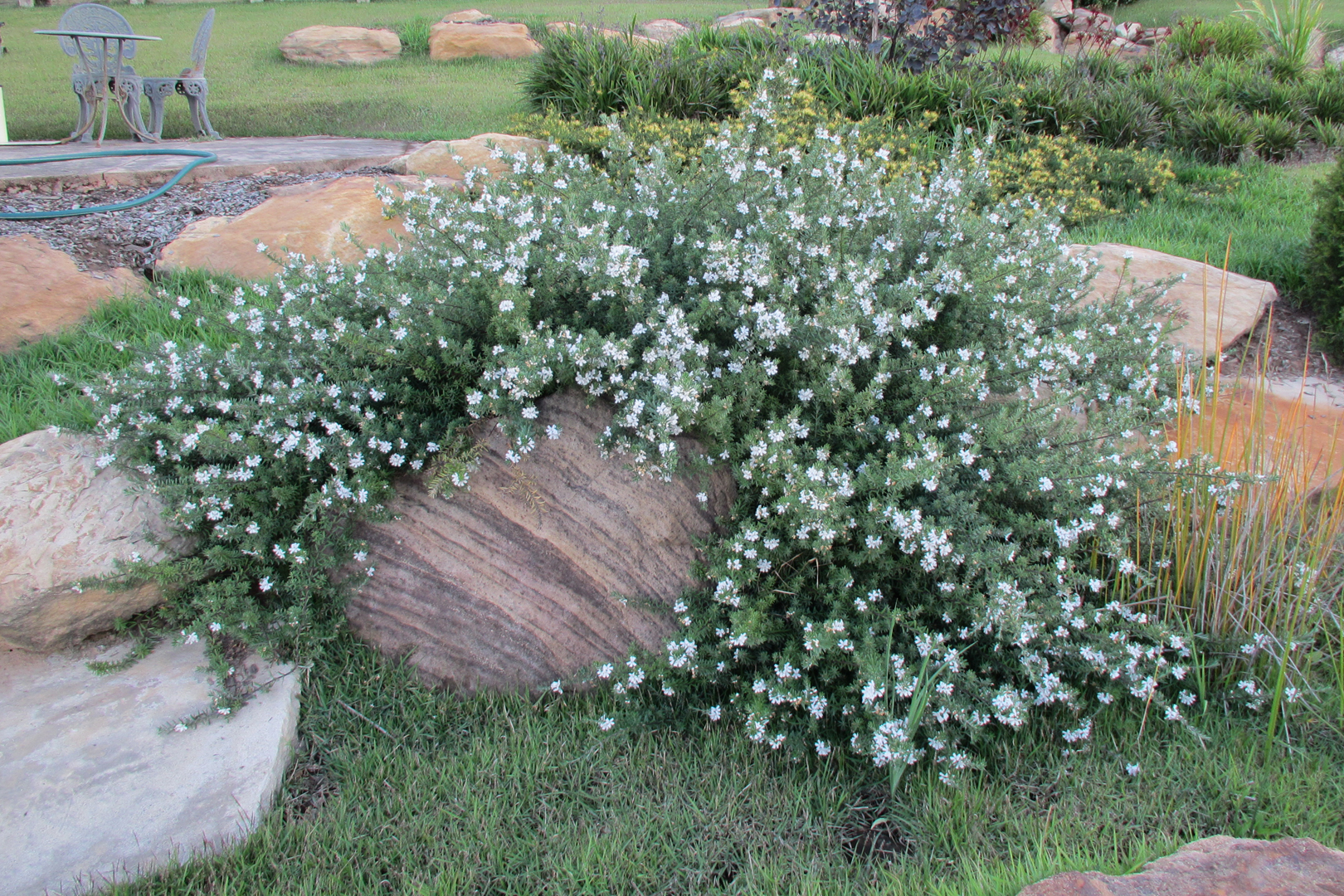
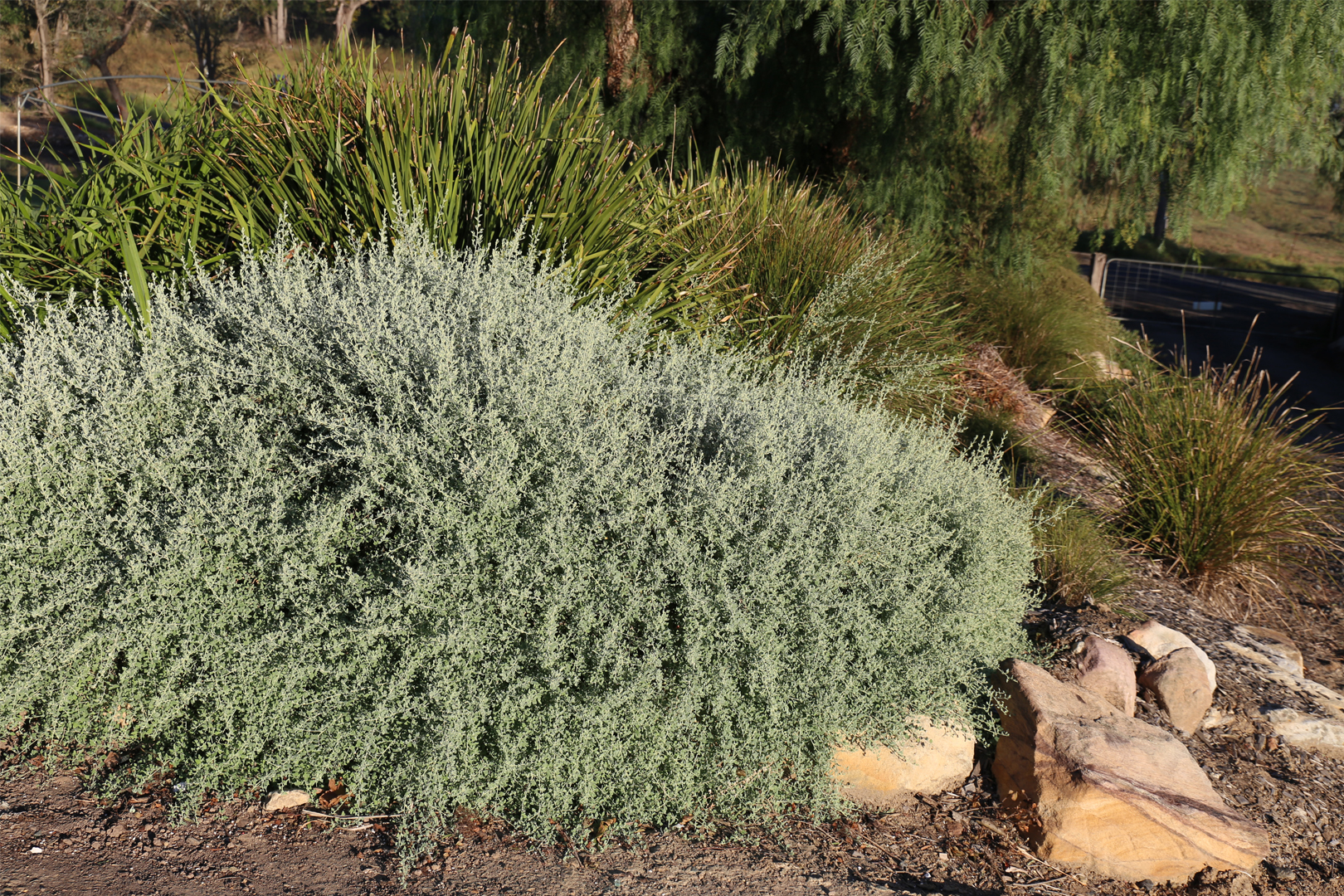

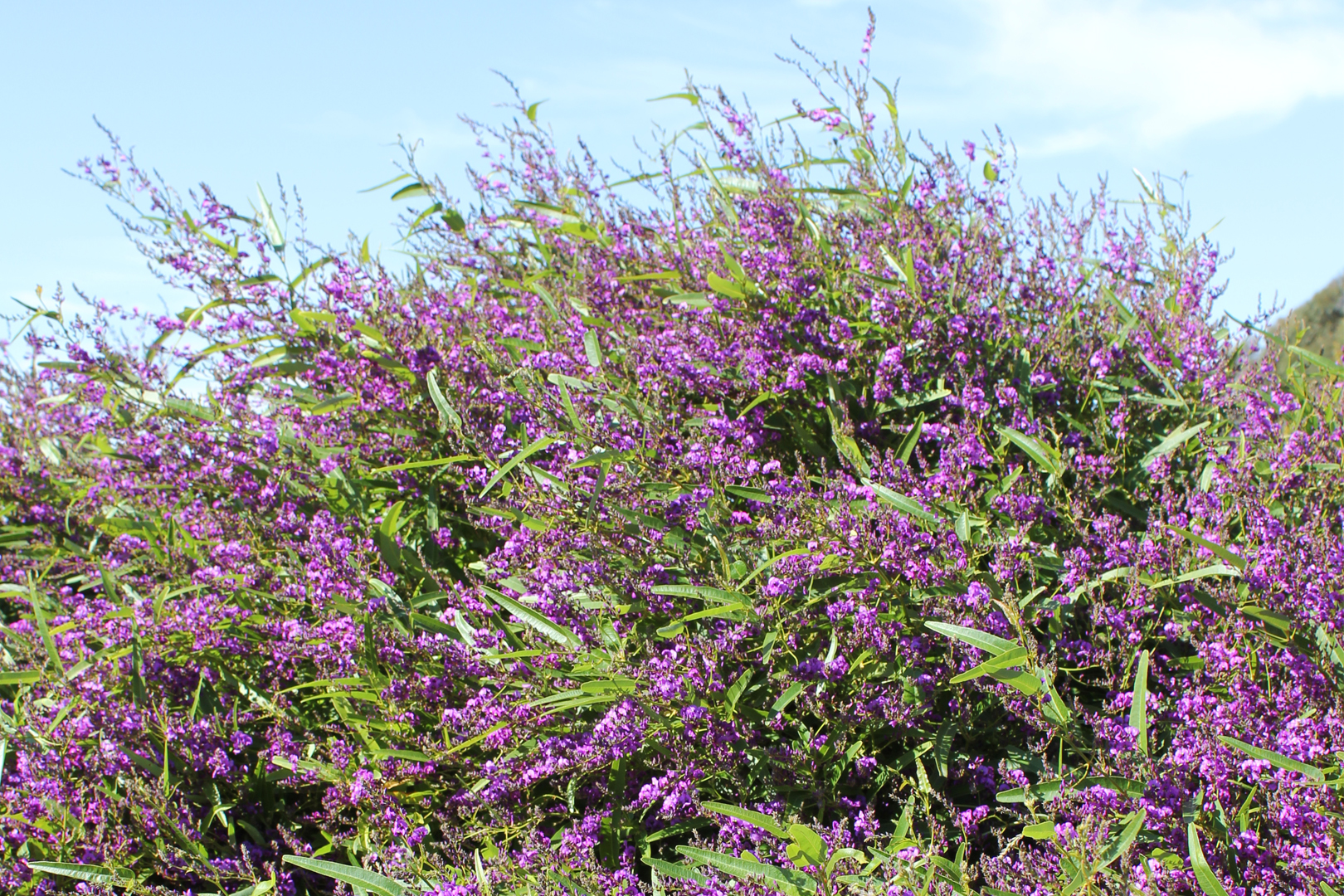

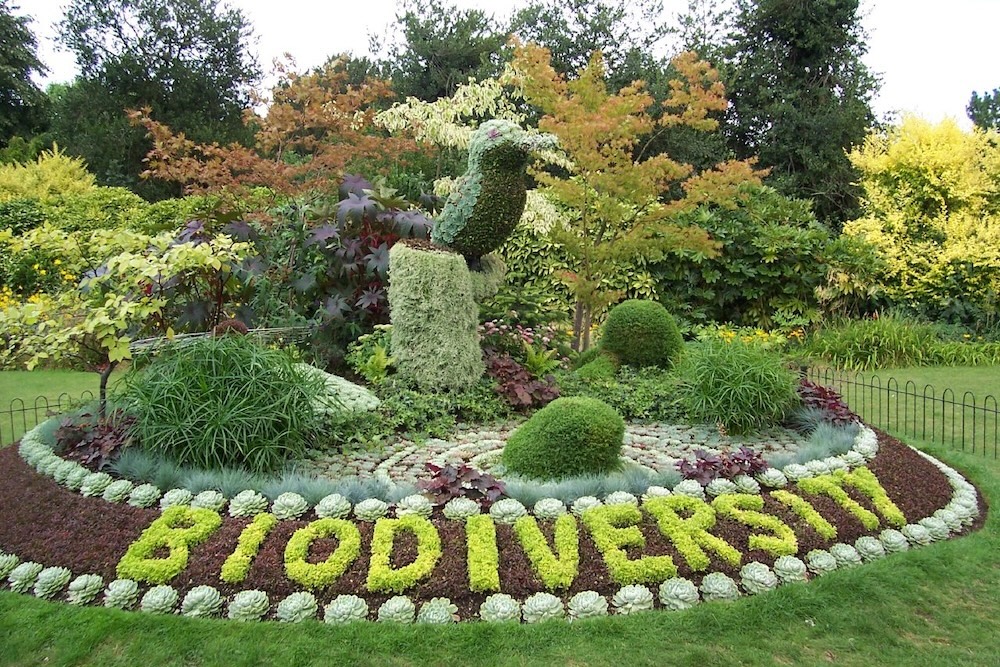
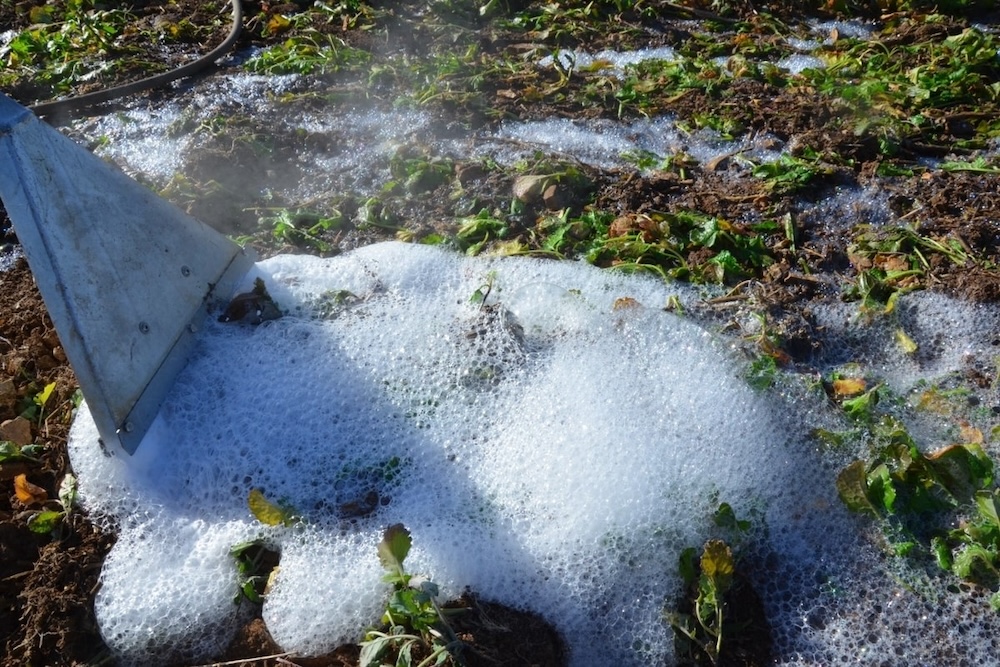
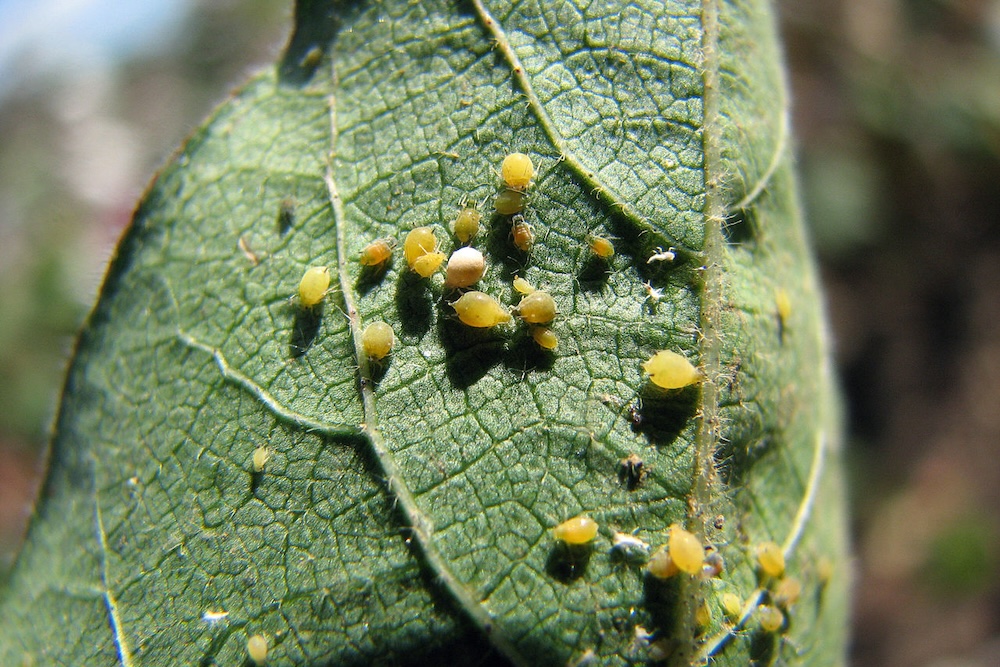
Wonderful site, thanks for the information.
Glad you found it helpful Ellen! – Bianca